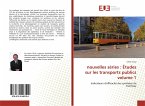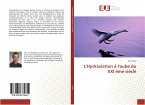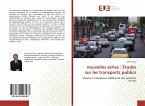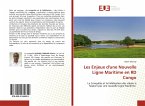Numerous mechanics-related fields require a deep and complete understanding of compressible fluid flows which are usually taught in several university courses. The simplified approach and the underlying assumptions used during these lectures however make the theoretical results slightly differ from the real behavior of compressible flows. In order to confront this theory with real flows, two methods can be implemented. The first one is numerical simulation of the studied compressible flows. This first method is very time consuming, requires a lot of computing resources and still implies the use of numerical models to approximate reality. It is thus not very practical for teaching purposes. The second option is the use of a test bench that allows student to visualize, observe and measure the properties of real flows in different situations. This method is by far the best to give students a practical insight into the behavior of compressible flows. The objective of this thesis is to design and implement such a test bench, allowing the visualization of the air flow within and around an aerospike nozzle.
Hinweis: Dieser Artikel kann nur an eine deutsche Lieferadresse ausgeliefert werden.
Hinweis: Dieser Artikel kann nur an eine deutsche Lieferadresse ausgeliefert werden.








